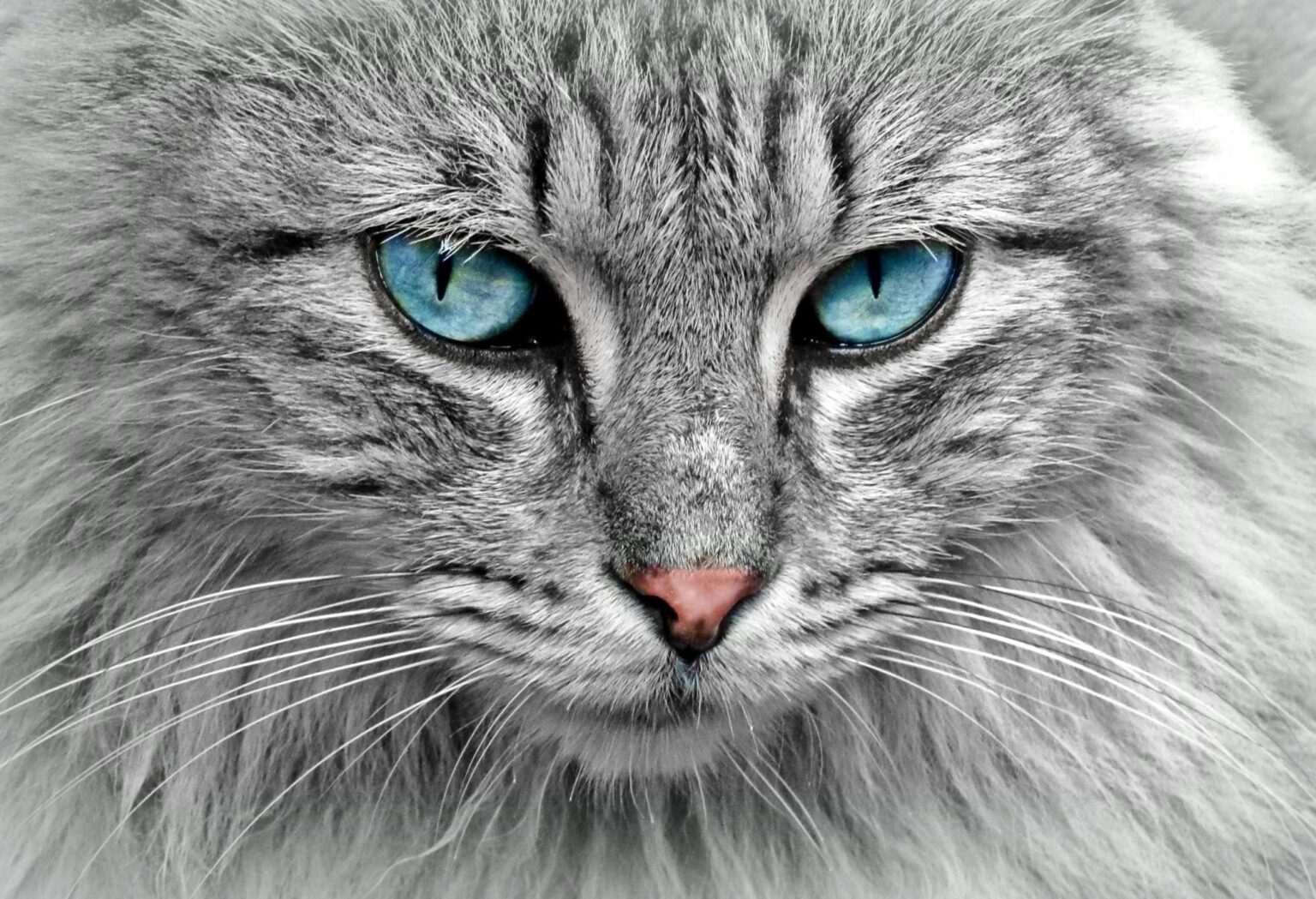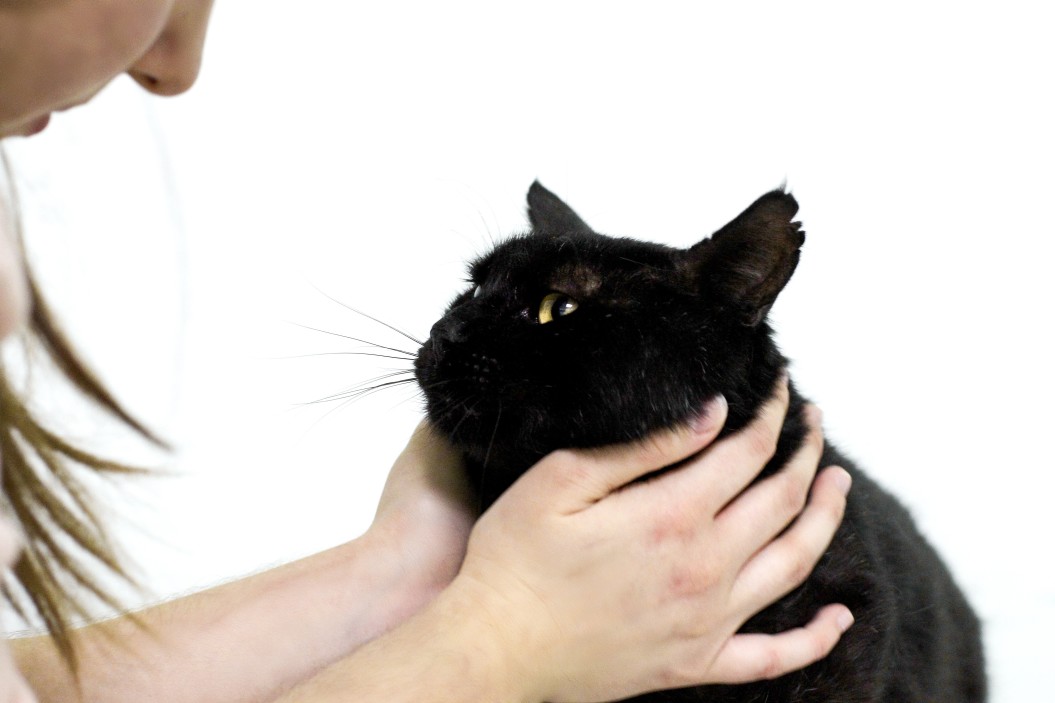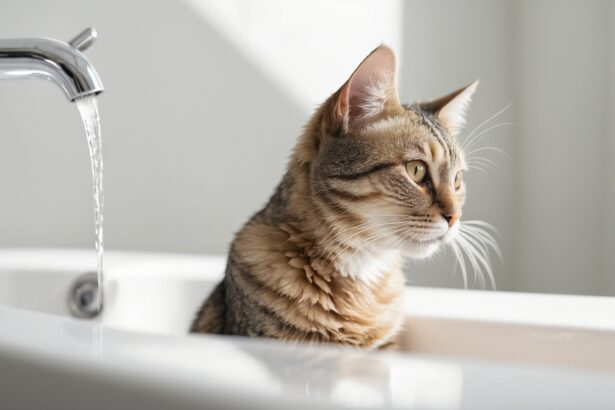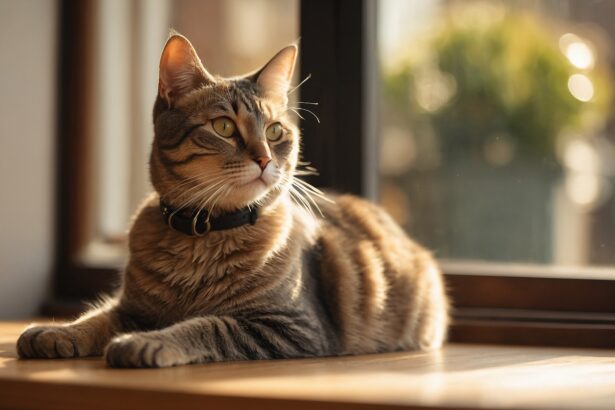Introduction: The bewitching charm of the Siberian cat
Fluffy as a snowflake and bold as a little lynx, the Siberian cat steals hearts without even trying. If you’re dreaming of a loyal, athletic, and oh-so-cuddly companion, this guide will help you understand who the Siberian really is, how to care for that famous triple coat, and whether the “hypoallergenic” rumor is true.
- Introduction: The bewitching charm of the Siberian cat
- History and origins of the Siberian cat
- Physical characteristics of the Siberian cat
- The Siberian cat’s temperament
- The ideal lifestyle for a Siberian
- Is the Siberian cat hypoallergenic?
- Conclusion: A noble and loyal companion
- FAQ
Ready to meet your future shadow on four legs? Let’s dive into her story, her quirks, and the small daily habits that make life with a Siberian feel like a cozy winter fairy tale.
History and origins of the Siberian cat
Roots in the Russian taiga
Native to the vast forests of Siberia, this natural breed developed without human intervention for centuries. Cold winters shaped a cat that’s powerful, resilient, and incredibly agile—perfect for hunting and climbing.
Long before the show ring, Siberians lived alongside peasants and nobility alike, earning their keep as skilled mousers and easygoing companions. They reached Europe and North America only recently but rose fast thanks to their irresistible mix of sturdiness and sweetness. Curious about other natural and pedigree lines? Meet more cat breeds that might also match your lifestyle.
Built for the cold
Harsh climates forged their hallmark features: a dense, water-resistant coat, a muscular body, and big tufted paws that grip snow (and cat trees!) like pros. No wonder they move with the poise of little forest athletes.
A surprising fun fact
Siberians mature slowly—many take up to 5 years to reach full size and coat glory. That “kitten energy” often lasts longer than you’d expect.
Physical characteristics of the Siberian cat
Big, athletic, and elegant
Siberians are medium to large, with a rounded head, expressive eyes (often green or gold), and a substantial, balanced frame. Their hind legs are slightly longer than the front, making their jumps powerful and graceful.
The famous triple coat
Their coat has three layers: a dense undercoat, a plush middle layer, and a water-resistant topcoat. This protects them from rain and snow—and gives that luxurious, touchable volume we all love.
Colors and patterns
From classic tabby to solid, bi-color, smoke, and shaded, the Siberian palette is vast. Many displays change with the seasons as the coat thickens and thins throughout the year.
Grooming and coat care
Siberians don’t need daily grooming, but regular care keeps that coat silky and tangle-free. Aim for a weekly session, and step it up during seasonal sheds.
- Use a wide-tooth comb to gently “line-comb” down to the undercoat.
- Add a slicker brush to lift dead hair without scratching the skin.
- Check armpits, behind ears, and hindquarters—common tangle zones.
Practical tip: Lightly mist the coat with plain water, then finish with a silicone grooming glove. It reduces static, picks up strays, and leaves a soft, natural shine. For a full routine, peek at our cat grooming guide.
Common mistake to avoid: Shaving a Siberian “for summer.” Their coat insulates against heat and cold; shaving can disrupt temperature regulation and skin protection. Opt for regular combing and cool, ventilated resting spots instead.
The Siberian cat’s temperament
Social, cuddly, and people-oriented
Expect a confident, affectionate cat who likes being near her humans without being clingy. Many Siberians follow from room to room, supervise chores, and curl up nearby to “help.”
Interaction that feels like friendship
Their friendly nature often extends to children and other pets when introductions are respectful. Don’t be surprised if your Siberian chirps and trills more than she meows—her vocal range is delightfully expressive.
Curious brains and playful paws
Siberians are clever, observant, and quick to learn. Channel that spark with puzzle feeders, hide-and-seek toys, and simple training like name recognition and recall. Try these fun learning steps to boost confidence and communication.
Enrichment ideas
- Rotate toys weekly to keep novelty alive.
- Offer verticals (shelves, trees) to climb and survey the “territory.”
- Short, daily play sprints beat one long session—think hunter, not marathoner.
And if she ends a play session gazing at you and purring, here’s why cats purr—sometimes the message is simply “I’m happy with you.”
The ideal lifestyle for a Siberian
Diet and nutritional needs
As obligate carnivores, Siberians thrive on high-quality, protein-rich nutrition. Choose recipes with named meats first on the label and balanced fats to support that dense coat and steady energy.
Mind the portions for a robust breed—muscle is great; extra weight is not. If you’re browsing options, here’s what cats should really eat according to their biology.
Small feeding tweaks that help
- Use a shallow, wide bowl to reduce whisker stress at mealtimes.
- Split daily rations into 2–3 meals to support steady energy.
- Offer fresh water in multiple spots; many Siberians enjoy running water.
Environment and exercise
Think vertical and varied. Siberians adore climbing, leaping, and observing from above. A sturdy tree, window perches, and interactive play keep both body and mind satisfied.
Scratching posts in key areas protect your furniture and satisfy natural needs. Need help choosing? Explore the best cat tree styles by space and temperament.
Wellness check
Regular vet visits, parasite prevention, and prompt attention to changes in appetite, grooming, or mood help catch issues early. For broader guidance, see common cat health problems and what to watch.
Is the Siberian cat hypoallergenic?
Truths, myths, and what to expect
No breed is 100% hypoallergenic. However, some Siberians may produce less Fel d 1—the main cat allergen—than average. Sensitivities vary widely between people and individual cats.
The most reliable test? Spend time with an adult Siberian from the same line you plan to adopt. Reactions to kittens don’t always predict responses to adults.
Smart steps for sensitive households
- Meet-and-sniff sessions in neutral spaces before adoption.
- HEPA air filtration and frequent vacuuming (with a pet brush head).
- Wash bedding weekly; avoid heavy fragrances that can irritate airways.
If allergies are a concern for you or a family member, this guide on cat allergy will help you assess risks and prepare your home.
Conclusion: A noble and loyal companion
Siberians are the perfect mix of strong and soft: playful athletes with a cuddly heart. Offer mental games, gentle grooming, and a home with cozy viewpoints, and you’ll have a devoted friend who brings daily warmth—no matter the season.
Thinking about welcoming one? Browse our friendly guide to adoption and raising a cat to prepare a smooth, love-filled start.
FAQ
Do Siberian cats really cause fewer allergies?
Some do produce less Fel d 1, but reactions vary by person and cat. Always arrange real-life exposure before committing, and combine it with good home hygiene.
How much grooming does a Siberian need?
Weekly combing is usually enough, with extra sessions during seasonal sheds. Focus on underarms, behind ears, and hindquarters to prevent tangles.
Are Siberians good with kids and other pets?
Generally yes, thanks to their confident, social nature. Use gradual introductions, positive reinforcement, and safe retreats for all animals.
Indoor only or outdoor access?
They adapt well to indoor life with vertical spaces and play. If you provide outdoor time, consider a secure catio or supervised harness walks for safety.








